Gyongju Folk Craft Village (경주민속공예촌)
6.7 Km 34877 2024-02-27
230 Bobul-ro, Gyeongju-si, Gyeongsangbuk-do
Gyeongju Folk Craft Village, nestled at the foot of Tohamsan Mountain in Gyeongju, is a traditional folk craft village consisting of around fourty Korean traditional houses including thatched-roof and tiled-roof houses. Skilled artisans proficient in traditional arts and crafts gather here to produce and sell ceramics, woodcrafts, jewelry, hanbok, stone crafts, and more. Visitors can also participate in hands-on crafting experiences. The village's Silla Art and Science Museum showcases artifacts from the Silla dynasty, while nearby attractions include the Bomun Tourist Complex, Bulguksa Temple, and Seokguram Grotto.
Silla Arts and Science Museum (신라역사과학관)
7.0 Km 27594 2023-04-07
33, Hadonggongyechon-gil, Gyeongju-si, Gyeongsangbuk-do
+82-54-745-4998
Silla Arts and Science Museum, opened in 1988, displays miniature models of scientific cultural assets in order to explore and educate how these assets are formed and preserved.
Girimsa Temple (기림사)
9.1 Km 15060 2022-12-29
437-17, Girim-ro, Gyeongju-si, Gyeongsangbuk-do
+82-54-744-2292
Girimsa Temple is located in Hamwolsan Mountain in Yangbuk-myeon, Gyeongju. The temple was built in the Silla Era and, with 16 buildings, is the second largest temple after Bulguksa.
Legend has it that the temple was originally built by the Venerable Gwang-yu, a sage from India, in the early part of the Silla Kingdom. The temple was reportedly called Imjeongsa at first, but was later changed to Girimsa after undergoing expansive renovations by Monk Wonhyo. It is still unclear exactly what year the temple was built in.
Girimsa is divided into two main areas. The first is the area around Daejeokgwangjeon Hall where the statue of Birojanabul is enshrined. The second is the area around the majestic 500-year-old bo tree (a kind of large fig tree) that is home to a wooden pagoda, the Seongbo Museum, Samsingak, Mangbujeon, and Gwaneumjeon halls. Daejeokgwangjeon Hall was first built during Queen Seondeok's reign, and was rebuilt six times since its original construction. Its simple but majestic architecture is characterized by baeheullim (aka, entasis columns) and a Dapoyangsik (Dapo-style) single-tiered gabled roof.
Girimsa is famous for Ojongsu, water that is said to have five different tastes. It consists of gamrosu, which is best for making tea; hwajeongsu, which supposedly gives comfort to the drinker; janggunsu, which makes the body stronger; myeongansu, which gives clear vision; and otaksu, which is said to sparkle so brightly that it attracts all the birds of the air. During Japanese colonial rule, the source of janggunsu, literally meaning ‘water of a general,’ was reportedly blocked off by Japanese soldiers, who were afraid the water would give the Korean people the strength to overthrow them. Except for janggunsu, water still continues to flow from each source.
On the way to Girimsa temple is Golgulsa Temple, well known for its 12 grottos. Golgulsa was originally a hermitage of Girimsa. After becoming an independent institution, it became the center of Seonmudo practice in Korea. The temple aims to promote the art of seonmudo on a national and international level.
Gameunsaji Temple Site (경주 감은사지)
10.0 Km 26697 2020-04-04
Yongdang-ri, Gyeonju-si, Gyeongsangbuk-do
+82-54-772-3843
Gameunsaji Temple Site was built by King Munmu (AD 661-681), the king of Silla who unified Baekje and Goguryeo in the late 7th century. The purpose of the temple site was to pray for help and guidance from Buddha against Japanese invasion. Unfortunately, King Munmu passed away before the completion of the temple, and left a will to be cremated and buried in the East Sea so that he may reincarnate as a sea dragon in order to protect the country. As he wished, King Munmu's ashes were scattered at Daewangam of the East Sea. The temple was completed and was named by his son, King Sinmun (AD 681-692) in respect and appreciation for his father.
Gameunsaji Temple Site was rebuilt in 1979 based on the discovery of the site's foundation after two years of archeological research. The three-story stone pagoda at the temple site is a reminent of the early period of unified Silla, assembled with several parts which rise up to 13.4m high, known to be Silla's highest three-story pagoda.
Gyeongju-si Special Tourist Zone (경주시 관광특구)
10.3 Km 12803 2023-01-03
614, Gyeonggam-ro, Gyeongju-si, Gyeongsangbuk-do
+82-54-779-6084
Gyeongju was the capital city of the ancient kingdom of Silla. The city is often referred to as a “museum without walls” because of the many cultural relics scattered throughout the city. Almost everything in this city, from the streets to the mountains, is rich in history. Gyeongju has roughly 300 sites that have been designated as a cultural heritage, with some of them being UNESCO-recognized World Heritage Sites.
The Gyeongju Special Tourist Zone includes the districts of Namsan, Wolseong, Daereungwon, Hwangryongsa, and Sanseong. This area has a total of 52 cultural assets registered on the World Heritage list. Many of the hills are actually royal tombs and fields of grass used to be sites of ancient temples.
The entire Namsan Mountain can almost be considered a cultural asset because of the many stone pagodas and Buddha statues that can be found here. The Bulguk district is home to many of Gyeongju’s most well-known attractions such as Bulguksa Temple, Seokguram Grotto, Gyeongju Folk Village, Silla Arts and Science Museum, and Goereung.
In the Bomun district, there are plenty of recreation facilities surrounding Bomunho Lake. Other attractions in the area include Gyeongju World Culture Expo Park, Gyeongju World, and Silla Millennium Park.
[Gyeongju Special Tourist Zone]
Areas included: Downtown area, Bomun Lake Resort, and Bulguksa Temple in Gyeongju-si, Gyeongsangnam-do
Area size: 32,650,000㎡
Tourist Attractions: Bulguksa Temple, Seokguram Grotto, Daereungwon Tomb Complex, Namsan Mountain, Bomunho Lake, Shilla Millennium Park, Gyeongju World Culture Expo Park, etc.
Gyeongju Expo Park (경주엑스포공원)
10.4 Km 42121 2024-02-27
614 Gyeonggam-ro, Gyeongju-si, Gyeongsangbuk-do
Gyeongju Expo Park is located in the Bomun Tourist Complex in Gyeongju, offering a thematic experience of Korean culture through exhibitions, performances, and hands-on activities showcasing the art and culture of the Silla dynasty (BC 57-AD 935). The park features various attractions such as Gyeongju Tower, Timeless Media Art, Solgeo Art Museum, Lumina Night Walk, Cheomseongdae Film Hall, and Asadal Sculpture Park.
Hwang Ryong Won (황룡원)
10.7 Km 0 2022-07-26
40, Expo-ro, Gyeongju-si, Gyeongsangbuk-do
+82-54-760-0500
This unique architecture is a reinterpretation of the Hwangryongsa nine-story pagoda format from the Silla period using modern science technology and architecture methods. The building has become a new landmark in Bomun Tourist Complex and is also used as a training institute by offering various programs like meditation. There are simple one-hour programs or overnight tour courses available through prior reservation.
Tomb of King Munmu (경주 문무대왕릉)
10.7 Km 58932 2023-01-02
1366-9, Donghaean-ro, Gyeongju-si, Gyeongsangbuk-do
+82-54-779-8743
A little rocky islet approximately 200 meters from the shore at Bonggil-ri is the Tomb of King Munmu (AD 661-681), who unified the three kingdoms and became the 30th ruler of the Silla Kingdom. The king gave specific instructions to be buried in the East Sea after his death so that he would become a dragon and protect Silla from foreign invaders. The rocky island, about 200 meters in circumference, is divided by a cross-shaped waterway, forming a pool at the center, at the bottom of which is a granite stone 3.6 meters long, 2.9 meters wide and 0.9 meters thick. Legend has it that the remains of King Munmu’s cremated body are buried under this rock. Historians still debate whether the ashes of the King Munmu were scattered or stored in an urn and placed under the rock.
BENIKEA Swiss Rosen Hotel Gyeongju (베니키아 스위스로젠 호텔 (경주))
10.8 Km 16540 2019-11-04
465-47, Bomun-ro, Gyeongju-si, Gyeongsangbuk-do
+82-54-748-4848
Swiss Rosen Hotel, located inside Gyeongju Bomun Complex, boasts sophisticated interior design and cozy guestrooms. Also, in addition to free services such as Wi-fi Internet, bike rentals, outdoor movie screening, and guest pick-up, the hotel offers easy access to several exciting adventures on the nearby Bomun Resort, including horseback riding, hiking trails, golf courses and Bomun Lake.
The-K Hotel Gyeongju (더 케이 호텔 경주)
10.8 Km 25568 2021-02-10
45, Expo-ro, Gyeongju-si, Gyeongsangbuk-do
+82-54-745-8100
The-K Hotel Gyeongju is a four-star hotel situated against the serene backdrop of Bomun Lake in the historic city of Gyeongju. The hotel is equipped with pleasant facilities in order to provide a better service to visitors.
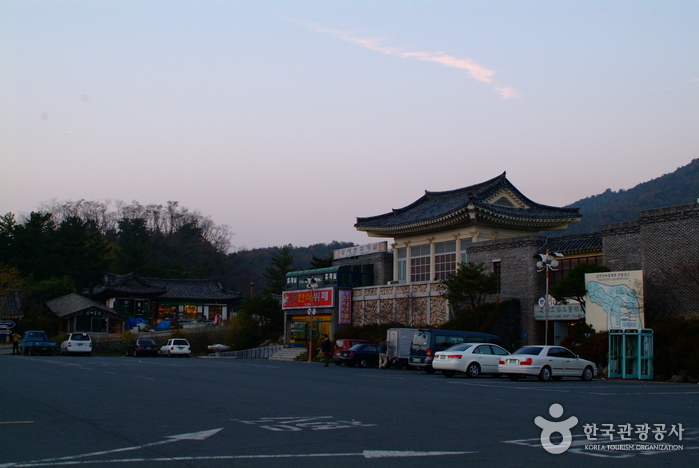
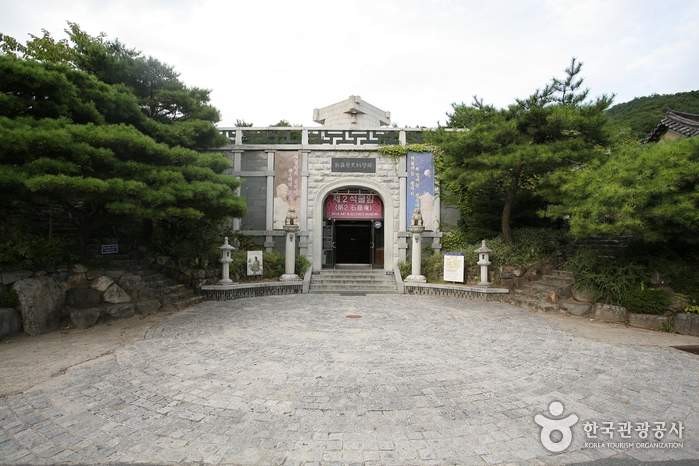
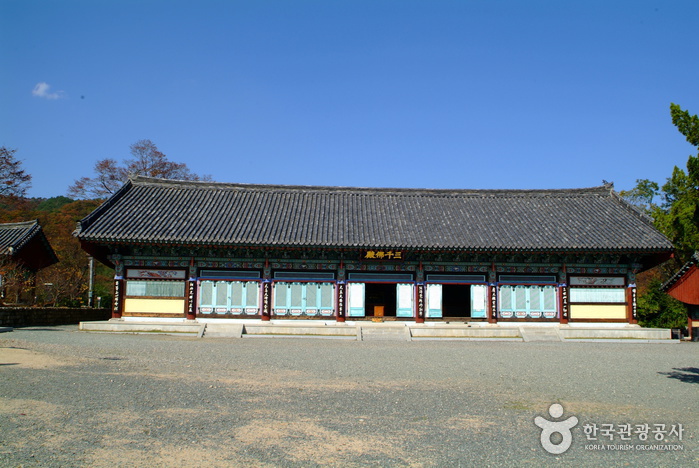
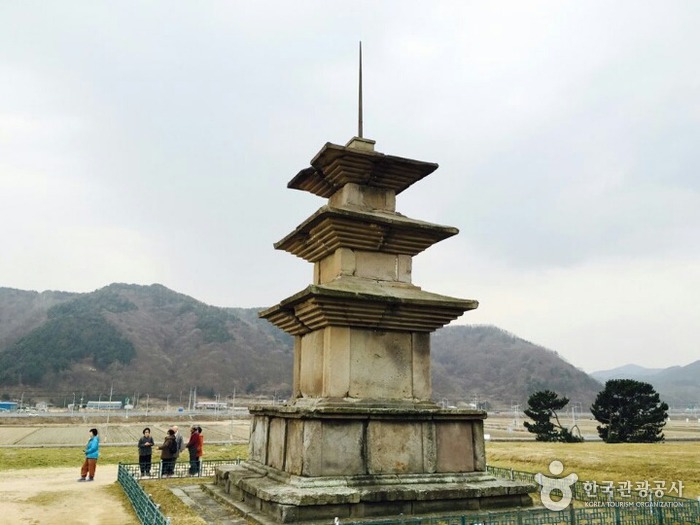
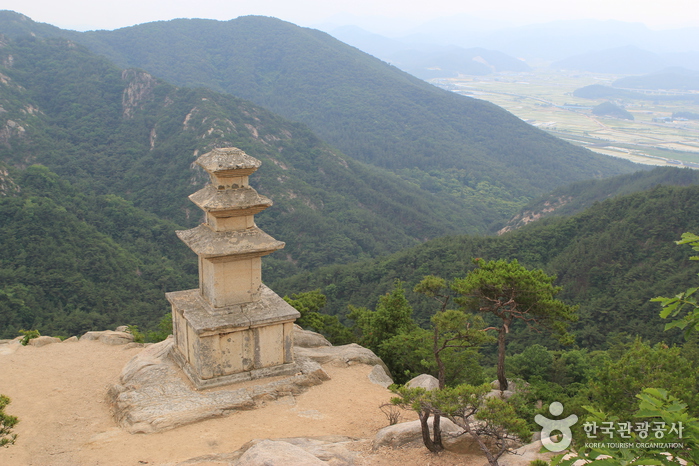
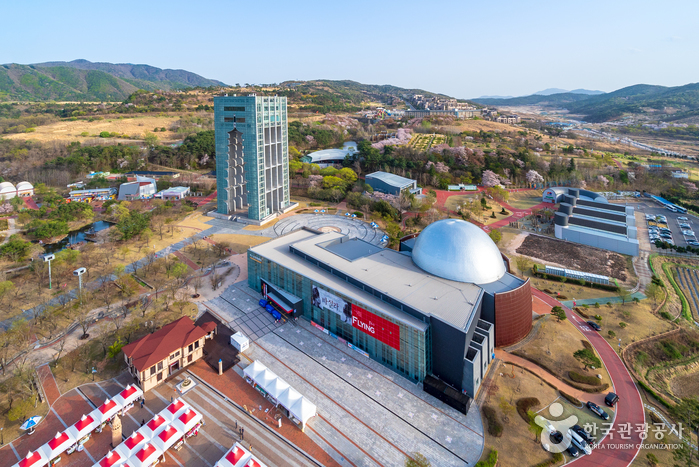
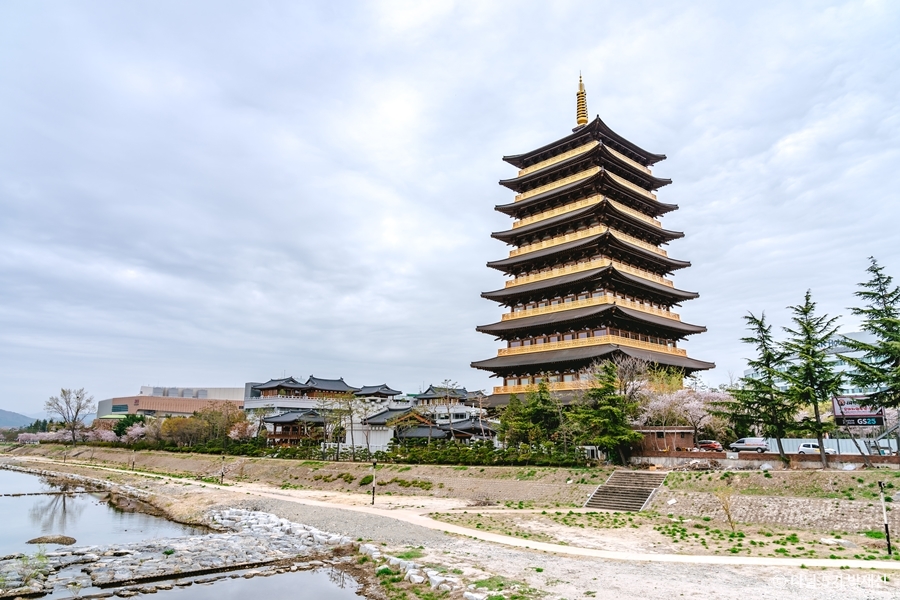

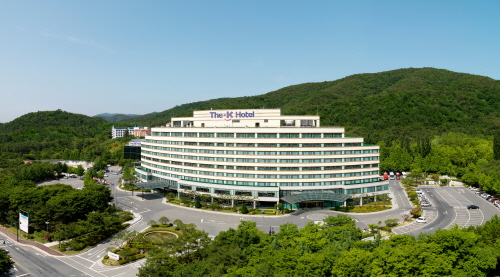
 English
English
 한국어
한국어 日本語
日本語 中文(简体)
中文(简体) Deutsch
Deutsch Français
Français Español
Español Русский
Русский